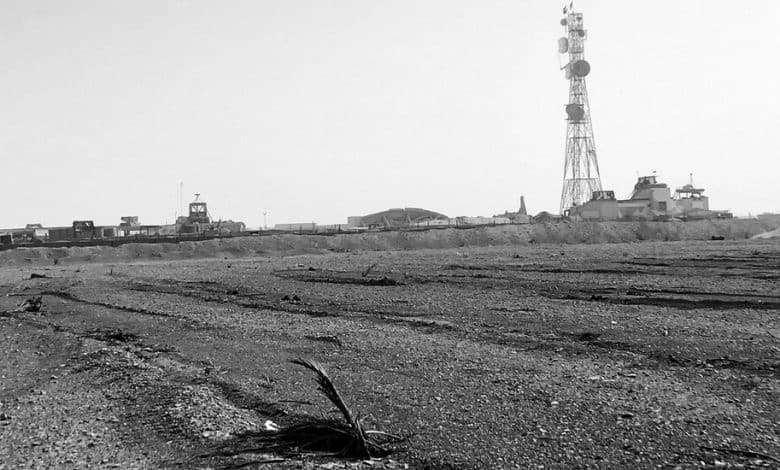Inside America’s Shadow War With Iran

It’s often been said that the most dangerous hot spot in the world is the waterway between Taiwan and mainland China, where the Chinese Navy and Air Force flex their muscles every day to try to intimidate Taiwan — while the U.S. Navy patrols nearby. I wonder. There is actually a stable balance of deterrence there right now. You could hold a friendly regatta in the Taiwan Straits compared to where I just visited.
I spent two days last week hopscotching in a CH-47 Chinook helicopter among seven U.S. military bases in western Jordan and eastern Syria with America’s senior Middle East Centcom commander, Gen. Michael Kurilla. There is no equilibrium here. What you have, instead, is the other Middle East war that began shortly after the tragic Israel-Hamas war that broke out on Oct. 7.
This other Middle East war pits Iran and its proxies — the Houthis, Hezbollah and Shiite militias in Iraq — against both the small network of U.S. bases in Syria, Jordan and Iraq established after 2014 to destroy the ISIS Islamic state and against the U.S. naval presence in the Red Sea and Gulf of Aden that keeps the vital shipping lanes there secure and open.
These Iranian-armed Shiite militias in Iraq and the Houthi fighters in Yemen may not look or seem like lethal threats, but do not be fooled. They have learned to arm, build, adapt and deploy some of the most sophisticated precision weaponry in the world. That weaponry, provided by Iran, can hit a three-foot-wide target 500 miles away.
The young U.S. soldiers and sailors arrayed against them cut their teeth on video games, but now find themselves playing the real thing, deploying with software and cursors the world’s most sophisticated countermeasures and interceptors to swat away almost every rocket and drone the Iranian proxies have been throwing at them.
In short, Americans may not know they’re at war with Iran, but Iran’s Revolutionary Guards know for sure they are in a shadow war with America through their proxies.
